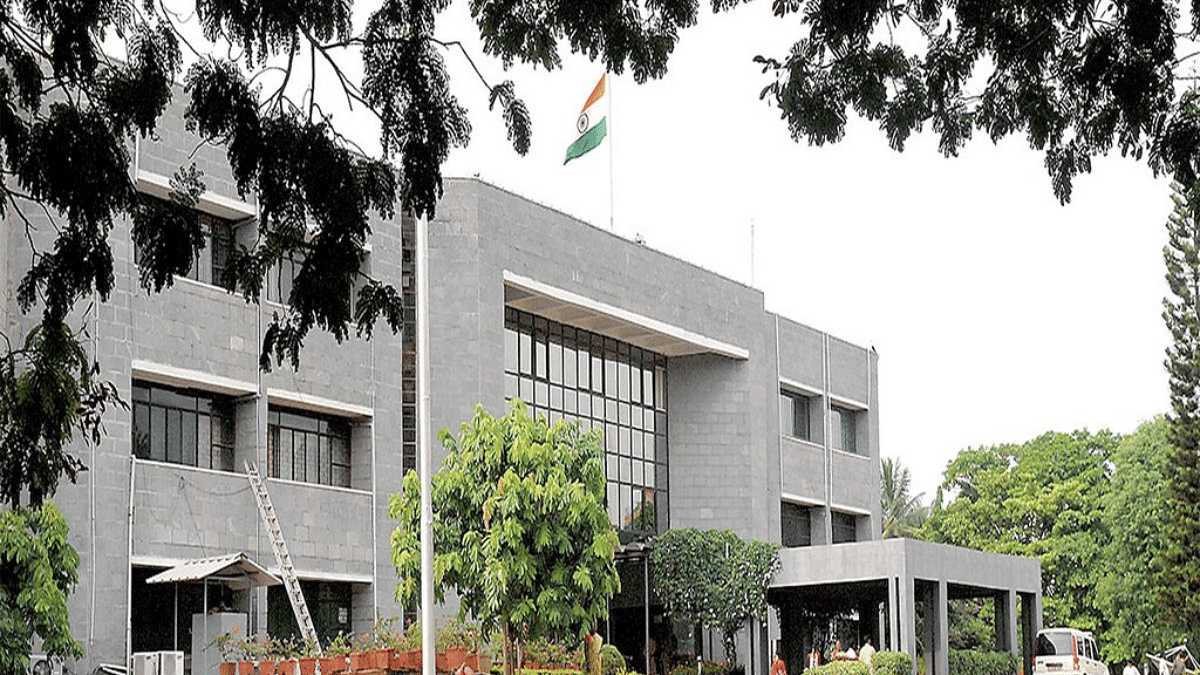New Delhi: The Indian Space Research Organisation (ISRO) has covered an important milestone in the development of India’s first semi-cryogenic engine, which will make future launches more efficient.
On 2 May, the space agency conducted the first ignition trial for SCE-200 (semi-cryogenic engine-200) at the semi-cryo integrated engine test facility (SIET) located in the ISRO propulsion complex (IPRC) in Mahendragiri.
During the test, smooth and sustained ignition of the pre-burner was demonstrated, which is vital for the starting of the semi-cryogenic engine, ISRO said Monday.
“Semi-cryogenic engine ignition is achieved using a start fuel ampule which uses a combination of Triethylaluminium and Triethyleboron developed by Vikram Sarabhai Space Centre (VSSC) and used for the first time in ISRO in the 2000 kN semi-cryogenic engine,” it said in a statement.
The space agency said, “Many injector elemental level ignition tests were conducted at the Propulsion Research Laboratory Division (PRLD) facility of VSSC for characterisation.”
The SCE-200 is a 2MN thrust class liquid rocket engine developed by ISRO’s Liquid Propulsion Systems Centre (LPSC). This next generation rocket engine, designed to enhance the payload capability of ISRO’s Launch Vehicle Mark-III launcher and other future launch vehicles, operates on an oxidiser-rich staged combustion cycle using liquid oxygen (LOX) and RP-1 (rocket propellent-1) kerosene.
“The ignition process is one of the most critical parts in the development of liquid rocket engine systems. With the successful ignition of the semi-cryo pre burner, a major milestone in the semi-cryo engine development has been achieved, ISRO said. The development of a semi-cryo stage with 120 tons of propellant loading is also under progress.
The space agency said Monday that the successful ignition of a semi-cryo preburner was a “major accomplishment of ISRO in the development of semi-cryogenic propulsion systems”.
ISRO scientists explained that the SCE-200 was expected to replace the current L110 stage also known as the core stage of the LVM-3. It also promises to boost payload capacity and power future launch vehicles being designed by ISRO including the upcoming next generation launch vehicles (NGLV) and the reusable launch vehicle (RLV).
Last year, ISRO completed the integrated and hot tests for SCE-200. In July 2023, ISRO validated the integrated performance of the critical subsystems such as the gas generator, turbo pumps, pre-burner and control components by carrying out a hot-firing for a short-duration of 4.5 seconds. The focus was on the ignition and generation of hot-gas within the pre-burner chamber that drives the main turbine to drive the fuel and oxidiser pumps.
(Edited by Tikli Basu)
Also read: ISRO to carry out test to validate safety of crew module for Gaganyaan mission by 30 April

